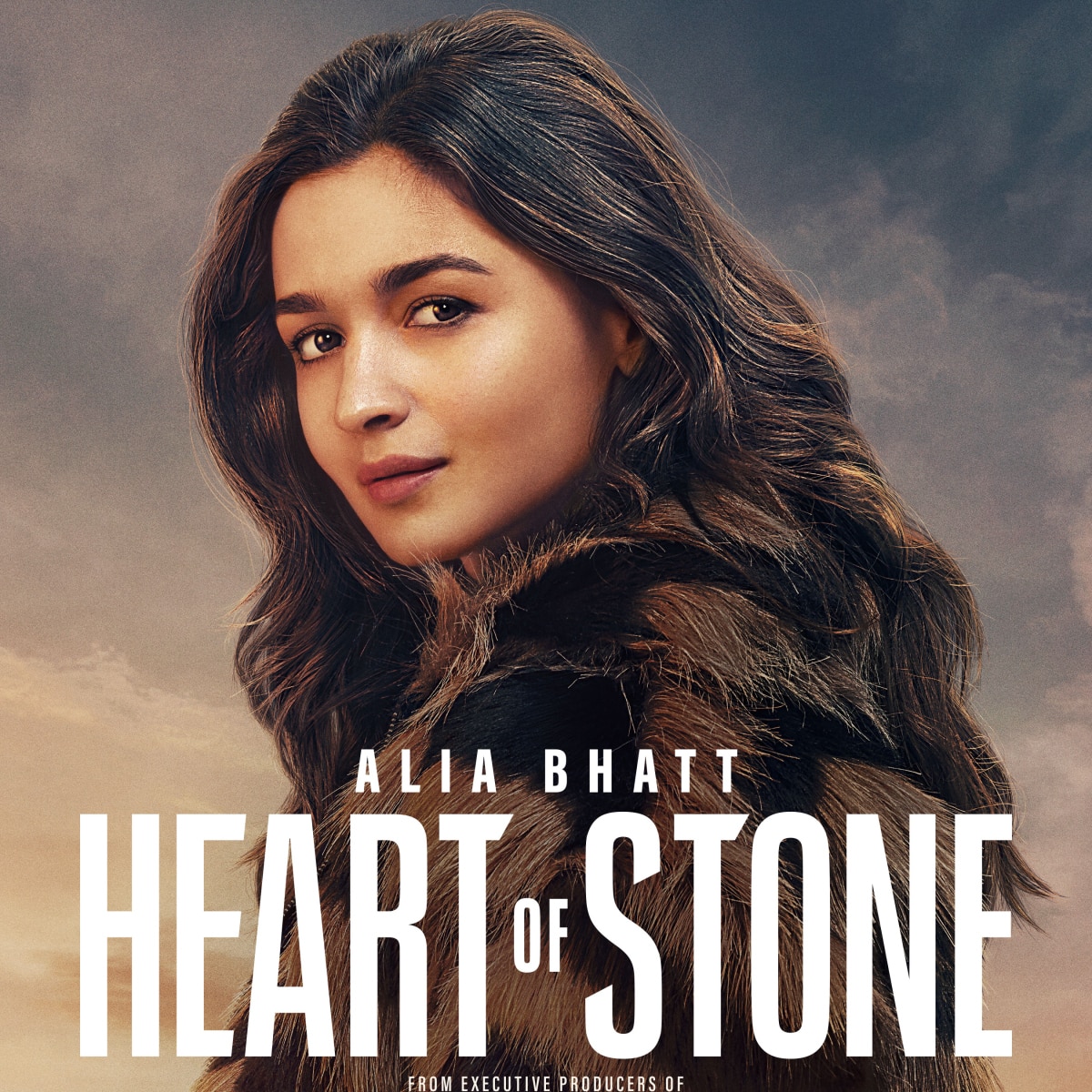Tom Harper’s “Heart of Stone” is positioned as the beginning of an espionage series for star Gal Gadot, similar to “Mission: Impossible” or the James Bond movies, and is the movie version of trying to create anything “viral.” It’s an excessively calculated mash-up of superior films with no creative ideas of its own, full of cliched characters, and made with uninspired filmmaking.
Gadot portrays Rachel Stone, a member of the secret Charter peacekeeping force who is posing as a rookie MI6 tech agent. A job that transports her and the film to destinations all over the world, including the Alps, London, Lisbon, Senegal, and Iceland. However, the film manages to capture these locations in the dullest way conceivable.

a dead body She was hired when she was 20 years old by her boss, Nomad, who is portrayed by Sophie Okonedo. Why? We don’t know! Was she trained before being hired, or was she trained after being hired? “Heart of Stone” is apathetic.
Matthias Schweighöfer, a Netflix stock actor, plays “Jack of Hearts,” Rachel’s tech assistant. Jack of Hearts is constantly connected to a supercomputer called The Heart, allowing him to use surveillance data to help Rachel with her missions. He can alter the facts visually in front of him with his hands. When Tom Cruise’s character in “Minority Report” did it, it was really fantastic. Here, it appears to be a shoddy, copycat imitation.
The exposition-heavy dialogue repeatedly explains the purpose of the Charter. In fact, the majority of dialogue is either explanation, ad-libs, or overblown monologues. The actors playing Stone’s teammates Bailey and Yang, Paul Ready and Jing Lusi, do amazing work with their poorly written parts despite not receiving nearly enough time on screen to become fully realised characters.

In “Daredevil,” Jamie Dornan portrays Charlie Parker like a toned-down version of Colin Farrell, which is unfortunate because his twisting role truly calls for the loudest performance possible. The same is true with Alia Bhatt’s portrayal of hacker Keya, who is never able to rise above the stereotypes of the role. Only bleached blond villain Jon Kortajarena, a model-turned-actor dressed in a leisure suit with a popped collar, seemed to comprehend what an evil character calls for.
This is largely a letdown coming from co-screenwriter Greg Rucka, whose adaptation of his own graphic novel “The Old Guard” for the big screen had a similar ensemble feel but with fully realised and deep character development. It also helped that Gina Prince-Bythewood, who directed the movie, has repeatedly shown herself to be a superb director of actors who also has a good eye for staging and photographing action situations.
The same cannot be said for Harper, who frequently produces choppy, hazy battle scenes because he is unable to keep his characters properly lighted or framed. The remaining action scenes are entirely ripped off from other, superior movies. Several Bond films are heavily referenced in the Alps’ frigid beginning, and a number of the aerial acrobatics resemble a subpar “Mission Impossible.”

Even the massive dirigible climax from “The Rocketeer” is copied in a sequence, but with CGI fire that somehow manages to look worse than the effects in that vastly superior (and much more enjoyable) 1991 film.
Gadot, who can punch and kick just fine but cannot emote beyond one uninteresting facial expression, benefits nothing from the poor filming. If her battle scenes were staged in a way that showed off her physical capabilities, this might be less of a problem. The dim illumination and Harper’s reporting are both prevalent. He simply lacks the skills necessary to film a movie star.
The movie fails miserably on a thematic level as well. Without examining how the philosophy influences the characters’ conduct in regard to how The Heart utilises an algorithm to “maximise lives saved” in every given situation, it uses words like “determinism” carelessly. With regard to whether it is appropriate for them to utilise its power to eliminate the people on their bad list, Stone has lengthy discussions with the movie’s villains. She never, however, challenges the Charter’s particular style of interventionism or the notion that its use of mass surveillance is comparable to authoritarianism. Even when confronted with incriminating evidence on the Charter’s past, Stone—and the movie—ignore the implications of flaw. The overly neat script places the responsibility on a single leader’s error rather than a problem with the system.

When numerous characters are killed off and Stone is given a new squad, “Heart of Stone” ties up the entire moral dilemma. After all, we are in the era of IP, sequels, and franchising. It’s also the big data era. Therefore, I suppose it’s about time we had a soulless movie whose sole purpose was to start a new female-led franchise that simultaneously served as pro-surveillance state propaganda in some unspecified way.

